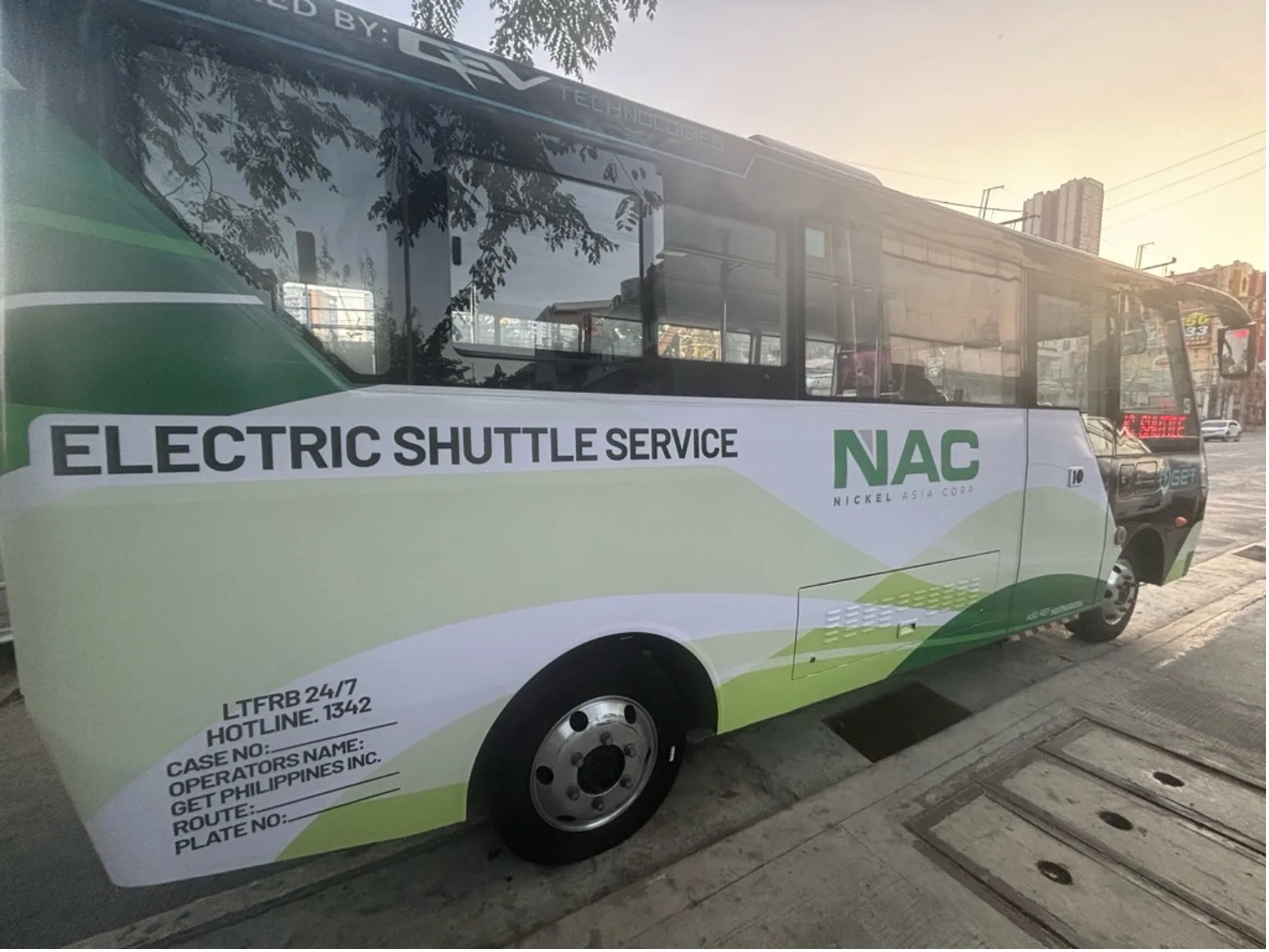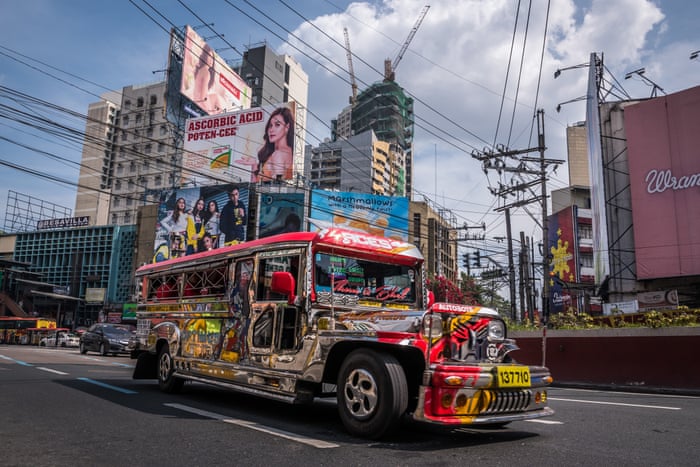Just How Transit Advertising And Marketing Can Change Public Transport Spaces Into Dynamic Marketing Platforms
Transportation marketing holds significant potential to redefine mass transit rooms into vibrant marketing systems that involve and inform. By making use of ingenious formats such as interactive kiosks and digital displays, brands can not only get to a varied target market but additionally improve the general commuter experience. This strategy develops a distinct possibility for brands to link with customers in a setup that is usually neglected. As we discover the complex benefits and advancing techniques of transportation marketing, it increases the question of just how this transformation can redefine our communications with both brands and the city atmosphere.
Advantages of Transit Advertising And Marketing

In addition, transit advertising is extremely cost-effective contrasted to traditional media. It enables advertisers to achieve high perceptions at lower costs, making the most of roi. The captive target market of commuters offers a chance for brands to share their messages to individuals who are commonly receptive throughout their traveling times.
Furthermore, the vibrant nature of transportation advertising and marketing permits projects to be upgraded frequently, making certain that messaging stays prompt and relevant. This adaptability can be critical in reacting to market patterns or advertising events, keeping the brand top-of-mind for consumers. Finally, the prevalent existence of transit advertising contributes to brand recall; repeated exposure within acquainted travel contexts reinforces brand understanding and fosters customer commitment, inevitably driving sales and boosting brand credibility.
Kinds Of Transit Marketing
Mass transit systems offer numerous formats for advertising and marketing, each providing to different advertising and marketing techniques and audience engagement techniques. One noticeable type is outside bus and train wraps, which cover the whole lorry and create a mobile billboard result, permitting high presence in urban environments. These covers can capture interest as they traverse busy roads, getting to a varied target market.
Another prominent style is indoor marketing, which includes posters, digital screens, and advertisements on transit seats. These placements involve guests throughout their trip, reinforcing brand messaging in a constrained space. Digital displays, specifically, supply the benefit of dynamic material, making it possible for advertisers to upgrade messages in real-time.
Station advertising and marketing is additionally considerable, featuring posters, banners, and interactive stands within transportation terminals. These advertisements utilize foot website traffic and can target details demographics based on location.
Last but not least, advertising partnerships with transportation authorities can lead to unique projects, such as themed transit experiences or occasions, improving the general engagement with travelers. Each kind of transit marketing provides distinct benefits, enabling brands to tailor their strategy to successfully reach their target audience within the general public transportation environment.
Engaging Commuters Efficiently
Travelers are increasingly swamped with advertising messages during their day-to-day journeys, making it important for brand names to involve them in ingenious methods. To record interest in this jampacked area, advertisers need to prioritize imagination and significance. Making use of eye-catching visuals and succinct messaging can significantly improve the chance of interaction.
Interactive aspects, such as QR codes or enhanced reality attributes, can additionally change static advertisements right into immersive experiences, cultivating a much deeper link with the target market. Brand names must concentrate on attending to travelers' demands and interests, tailoring messages to reverberate with their lifestyle, whether with promotions for local companies or solutions created to improve their travelling experience.
In addition, timing plays a critical role; tactically placing ads during height commuting hours can maximize visibility and impact. Engaging commuters effectively additionally involves leveraging social media assimilation, allowing guests to share their promotions or experiences directly from transportation platforms, thus amplifying brand reach.
In significance, effective engagement depends upon recognizing the traveler journey and creating engaging, interactive, and relevant advertising and marketing experiences that not only visit here catch attention however likewise drive activity and loyalty. By doing so, brands can transform mass transit right into a vibrant advertising system that reverberates with its target market.

Measuring Marketing Influence
Just how can brands accurately evaluate the performance of their advertising and marketing projects in transportation atmospheres? Measuring the influence of transit advertising requires a multifaceted approach that combines qualitative and quantitative metrics. One common technique is tracking involvement with mobile analytics, where brands can examine foot website traffic patterns and application communications in the past, throughout, and after campaigns.
Studies can provide valuable insights into brand recall and consumer view, allowing brands to assess how well their messages resonate with commuters. In addition, keeping track of social media interaction pertaining to certain projects can reveal changes in public perception and brand name discussion.

In addition, teaming up with transit firms can enhance dimension accuracy, as they often possess detailed market data on ridership trends. By integrating these approaches, brand names can establish a comprehensive understanding of their marketing effectiveness, making certain that their projects not only reach however additionally affect their target market successfully.
Future Trends en route Marketing
A considerable change is prepared for en route advertising and marketing as technological improvements and altering customer actions improve the landscape. Transit Advertising Philippines. The assimilation of interactive media and digital screens is expected to boost involvement, enabling brands to provide vibrant content that resonates with diverse target markets. As mass transit systems accept smart modern technology, advertisers will utilize real-time information analytics to tailor messages based on traveler demographics and actions
Moreover, boosted reality (AR) is poised to reinvent the method travelers interact with promotions. By giving immersive experiences, AR can change an ordinary journey into an appealing story that captures interest and cultivates brand commitment. This technology will likely motivate marketers to develop even more experiential campaigns that drive customer communication.
Sustainability is one more important pattern affecting transportation advertising and marketing. As ecological awareness expands, brand names will progressively seek to straighten with environment-friendly methods, using sustainable products and advertising environment-friendly campaigns within their projects.
Verdict
To conclude, transportation advertising and marketing offers substantial advantages by improving brand name visibility more and involving a restricted target market. Via different formats, such as outside wraps and digital screens, it changes public transport right into a dynamic marketing platform. Effective engagement approaches and durable dimension strategies further magnify its effect. As patterns advance, the capacity for cutting-edge interactions in between brands and commuters is poised to grow, making sure that transportation advertising and marketing remains an important component of modern advertising methods.
Transportation advertising holds substantial potential to redefine public transport areas into lively advertising and marketing platforms that educate and involve. The pervasive presence of transportation marketing contributes to brand name recall; duplicated exposure within familiar travel contexts strengthens brand awareness and cultivates customer loyalty, ultimately boosting and driving sales brand reputation.
Just how can brand names accurately examine the efficiency of their marketing projects in transportation environments?In verdict, transit advertising uses substantial advantages by boosting brand presence and involving a captive audience. Transit Advertising Philippines. As fads develop, the capacity for innovative interactions in between brands and commuters is poised to grow, making sure that transit advertising stays a vital part of modern marketing strategies